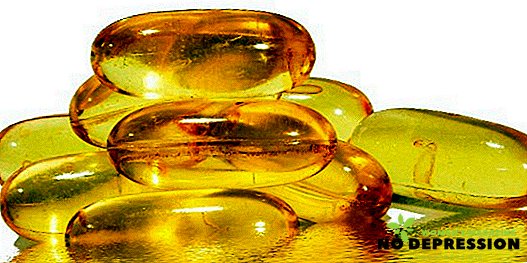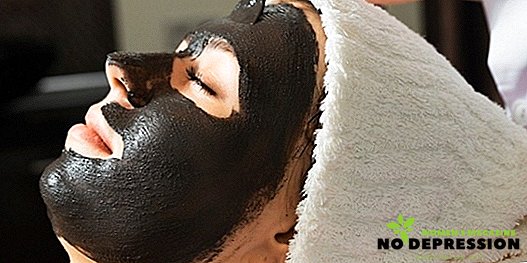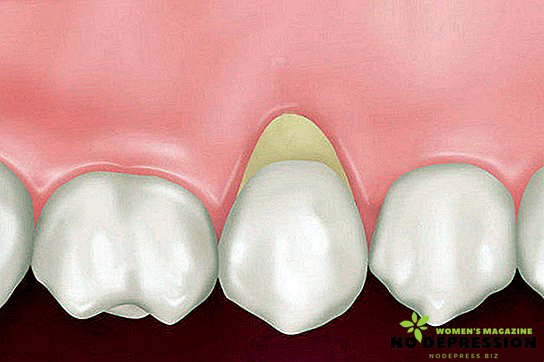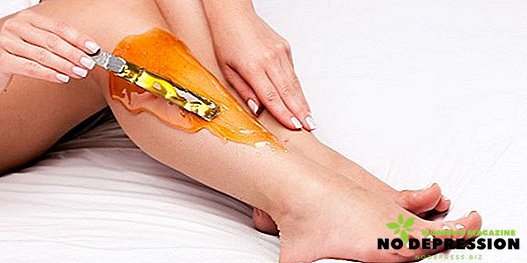For many, hobbies are a way to calm down loose nerves and tune in a positive way. But a hobby can be not only pleasant, but also useful, for example, soap making.
The process of mixing the ingredients, the selection of flavors, colors and patterns is truly creative. But to start this enjoyable lesson, you need to stock up on a small amount of knowledge on this topic.

What you need for soap making from scratch at home
You can do soap making right at home. But this requires certain accessories and ingredients. The minimum set of accessories is:
- Heat-resistant capacity for cooking soap base, which will be used only for this;
- The mold, in which the soap will harden, can be plastic; you can use silicone baking molds;
- Plastic measuring containers in which ingredients will be measured and mixed;
- Submersible thermometer for jam;
- Exact electronic scales, it is possible kitchen;
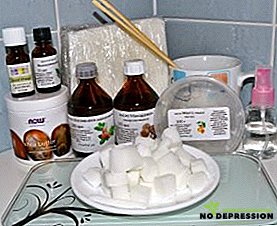
- Gas stove or electronic stove;
- Plastic spoons or wooden spatulas for mixing.
It should be borne in mind that all utensils should be made of plastic and neither enamels, metals harm essential oils. And for anything else this dish will not be used.
If everything goes with the hobby, then over time more and more molds and other things will be bought, but with all the above and ingredients you can already proceed.
Minimum set of ingredients:
- Soap base. It is sold in shavings, lumps and pellets. The base can be prepared independently from alkali and oils, so you can be 100% sure of the composition of the soap, but for a beginner it is difficult;
- Base oils. These are jojoba, almond, olive, coconut, apricot, peach, avocado, Mona de Tahiti oils and others. Each oil has a certain property; this question is truly obligatory for studying by soap-maker.
To cook the soap without color and pleasant aroma, just this is enough. But soap makers also use food flavors and dyes, excipients.

Additional ingredients may be:
- Abrasive particles. Ground coffee, ground fruit pits, oatmeal, sea salt, poppy seeds and others;
- Vitamins in capsules;
- Honey and other bee products;
- Spice. They can act as natural dyes and flavors, with additional effects;
- Silk. It gives the soap excellent care properties, but you need to work with it carefully, as it affects the density of the soap war;
- Corn starch. Makes the texture of the soap more tender and pleasant when soaping;
- Sugar. Soap with added sugar foams much better;
- Yogurt. Gives the soap a moisturizing effect. But yogurt for soap needs to be bought without additives or made independently;
- Tar. Gives soap anti-inflammatory effect;
- Alcoholic beverages. When mixed with other components, they give a chemical reaction, in which alcoholates are released, they have a positive effect on the skin;
- Clay. Its several types, each of which has its own set of properties;
- Juice of vegetables and fruits;
- Dried herbs and flowers. In addition to useful properties, they are an ornament, especially dried flower buds. Being adapted it is possible to place a dried flower in the center of a transparent soap.

Any of the ingredients can affect the texture, density and soapy, all this is learned in experiments. All this can be bought in a specialized store, if there is no such in the city, then you can use the online store, with a large order, delivery is free there.
The more knowledge there is about the original property of the product, the greater will be the desire to buy more and more ingredients. If soap making want to put on stream, then flavors and nutrients have to buy a variety.
Choosing the basis for homemade soap
First you need to decide whether it is important that the soap was from natural ingredients. If so, then you should avoid laureth sulfate and somadium lauryl in the composition.
Soap without them will be much worse to foam, but will become less aggressive towards the skin.
They are the most popular and cheap chemical surfactants. They are replaced by the following natural ingredients:
- laureth sulfosuccinate;
- lauryl glucoside;
- cocamidopropyl betaine;
- cocoglucoside.
Next, you need to decide how transparent soap should be. The parameter transparent is responsible for this; it is abbreviated as indicated in the description of the base as T. If the description indicates the letter W, this means that the soap from such a base will be white.

Organic soap base
Ready soap bases are made in China, England, Latvia, Germany and Russia. The Chinese are the most popular, they have a large selection and are less likely to fake them, unlike English and German, and it will be difficult for a beginner to distinguish a fake.
Within the same manufacturer are divided into regular and premium. For beginners, it is better to purchase the usual base, since it is more affordable and suitable for testing. Premium bases better fill the form and do not bubble, and this is important for those who use forms with small details.
Starter Kit
In order for the beginner soapmaker not to be mired in the difficulties of choice in stores sell ready-made kits for beginners. The kit usually includes the following:
- the foundation;
- plastic bowl with a spoon;
- a pair of plastic molds;
- universal base oils;
- natural dyes;
- flavors;
- universal essential oil.
Another option is a capsule set, that is, everything you need for making thematic soap. For example, all that may be needed for the manufacture of soap, duck or macaroon soap. In the set will also go instruction with a recipe.

Do not confuse a set of dyes, bases or flavors that are sold in a soap maker shop with a set for beginners. Such kits will appeal to more likely a professional who already has few basic ingredients, and he is ready to experiment.
Homemade soap recipes for beginners
You can start with the most simple, proven and popular recipes. And only then proceed to the experiments.
Soap "Rose"
Required to make 2 bars of soap:
- bowl and spatula;
- transparent soap base - 150 g;
- food dye red or pink;
- jojoba oil - 15 ml;
- molds in the form of roses;
- rose essential oil - 2 drops;
- rose petals.

Manufacturing process:
- Melt the soap in a water bath or 30 seconds in the microwave;
- Mix oil and dye;
- Place rose petals on the bottom of the molds and pour soap on top;
- Spread the petals evenly with a spatula and leave to freeze.
Honey
Required to make 2 bars of soap:
- white soap base - 150 g;
- bowl and spatula;
- a pinch of saffron, like a dye;
- Vanilla essential oil - 2 drops;
- honey - 2 spoons;
- mono de taiti oil;
- silicone molds in the honey theme.

Manufacturing process:
- Grind and heat the base to 70 degrees;
- Add honey, saffron, oil and stir;
- Let stand to saffron gave color, stir again;
- Pour a lot on the forms and set to cool.
Coconut
Required to make 2 bars of soap:
- melting bowl;
- putty knife;
- Tropical or oval shape;
- white soap base - 150 g;
- coconut oil - 3 tbsp. spoons;
- coconut flakes - 1 tbsp. spoon;
- flavoring food "coconut".

Manufacturing process:
- Heat coconut oil at room temperature to a liquid state;
- Grate the base and melt in the microwave for 30 seconds;
- Pour in oil, flavor and mix with a spatula;
- Sprinkle with coconut shavings and top with a soapy mass;
- Leave to cool.
Chocolate
Required to make 2 bars of soap:
- cocoa butter - 2 tbsp. spoons;
- white soap base - 150 g;
- 2 tbsp. spoons of sugar;
- Belgian chocolate food flavoring - 5 drops;
- forms for soap, there are special in the form of chocolates;
- dishes for melting;
- mixing spatula.

Manufacturing process:
- Grind the base or finely chop with a knife;
- Heat up in a microwave oven for 30 seconds;
- Pour in the oil; Flavor mix;
- Pour into the mold.
Soap "ice"
Required to make 2 bars of soap:
- transparent base soap - 150 g;
- melting bowl and spatula;
- 2 drops of blue or turquoise food coloring;
- 3 drops of mint essential oil;
- 2 tbsp. spoons of almond oil.

Manufacturing process:
- Grind and melt the base;
- Add oil of almonds and mint, dye, stir until a uniform color;
- Pour into forms and cool.
Coffee soap scrub
Required to manufacture 2 bars:
- white soap base - 150 g;
- ground coffee - 3 tbsp. spoons;
- food coloring brown;
- macadamia oil - 2 tbsp. spoons;
- melting cup;
- putty knife;
- soap molds.

Manufacturing process:
- Grind and melt the base;
- Pour in oil and dye, stir with a spatula;
- Pour coffee and stir;
- Fill in the form
As you can see, the process of making soap is quite simple and therefore it is quite possible to put it on stream and earn a living for it.
Gift soap handmade for the new year
Soap is a great souvenir, but on the condition that it is not an ordinary bar in a plastic bag, but a fancy soap with a pleasant aroma and original packaging. Soap in the shape of a Christmas tree is suitable for the New Year. For the manufacture of 1 large bar will need the following:
- bowl and spoon;
- spruce flavor;
- 100 g of a transparent base;
- 5 ml avocado oil;
- 3 drops of food dark green dye;
- 2 drops of essential oil of spruce or fir;
- silicone form in the form of a Christmas tree;
- coconut shavings.
Step-by-step master class with a photo on making Christmas soap Christmas trees:
- Grind the base if it is lumpy;
- Put in a water bath at low heat, stirring to wait for uniform melting;
- Add oils and dye to the melted mass;
- Stir and pour into the mold;
- Sprinkle with coconut flakes;
- Let the soap harden.

Alternatively, the form may be in the form of a snowflake, and the dye blue.

6 useful tips for home soapmaker
- Pour melted soap slowly to a thin stream in a spiral, so as not to form voids;
- Heat the soap base to exactly 70 degrees so as not to destroy the nutrients of the ingredients;
- All corrective work should be done in 3-5 minutes, when the soap has cooled, but still plastic;
- To make the soap easier to separate from the form, sprinkle it with alcohol beforehand;
- You need to get the soap like this: first pry and let the air between the form and the soap, and then it will easily go away by itself;
- If it is planned to be stored for a long time, this is done in a food film in the refrigerator, but not in the freezer.
We wish you the embodiment of the brightest your ideas on soap making! Have a good job!
Another small master class on soap making is in the next video.



